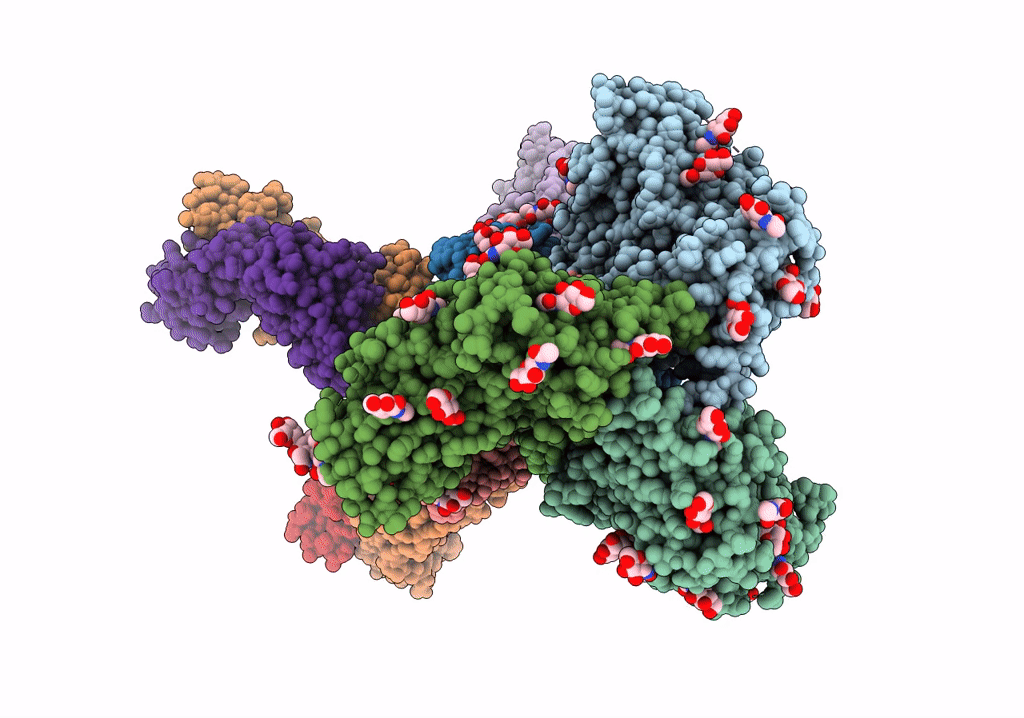
Deposition Date
2021-09-29
Release Date
2022-11-09
Last Version Date
2024-11-06
Entry Detail
PDB ID:
7SD3
Keywords:
Title:
Cytoplasmic tail deleted HIV-1 Env bound with three 4E10 Fabs
Biological Source:
Source Organism:
Homo sapiens (Taxon ID: 9606)
HIV whole-genome vector AA1305#18 (Taxon ID: 672471)
HIV whole-genome vector AA1305#18 (Taxon ID: 672471)
Host Organism:
Method Details:
Experimental Method:
Resolution:
3.67 Å
Aggregation State:
PARTICLE
Reconstruction Method:
SINGLE PARTICLE


